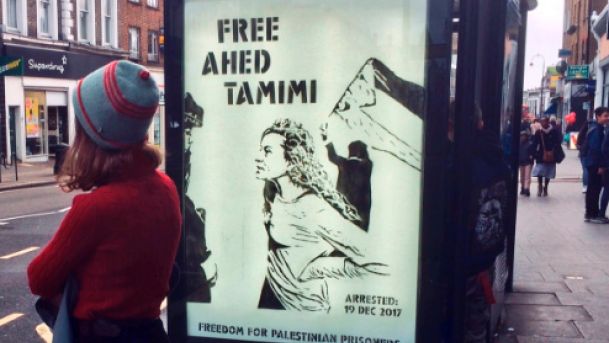Dr Ibraham Natil says the current wave of peaceful protest by Palestinians is at risk of becoming militant unless certain steps are taken.
Today, Palestinians have been engaging in a different wave of popular resistance/protest without classical or underground hierarchical leadership since Trump’s Proclamation on Jerusalem. This six weeks of protest is unlike the First Uprising during 1987-1993 or the Second Uprising of 2000-2004. Since 2000, the Palestinian society has already lost hope in the failed Oslo Peace Process with Israel. This process of illusion increases the Israeli expansion settlements and settlers in the West Bank, the collective punishment policies, including the siege on the Gaza Strip, that have already deteriorated human security at all levels.
Young people, however, confront the occupation peacefully in the current protests, supported by all spectrums of the society. Prior to the outbreak of the current wave of popular resistance, young people – those aged between 16 and 30 years – suffered a high number of human rights violations, poverty, lack of opportunities, as well as the absence of hope for living in peace and dignity after years of Israeli colonialism and restrictions. They lead the current popular resistance in order to change the status quo, as the various factions, including Hamas, have failed to fulfil the Palestinian national project, either through negotiation in the West Bank or armed resistance in the Gaza Strip.
Since Trump’s decision to recognise Jerusalem as Israel’s capital on 6 December, there have been a number young people making headlines in the mainstream media and on social networks. Three stories, however, best represent the symbols of current wave of peaceful resistance.
Read the article by Dr Ibrahim Natil in Independent Australia.

